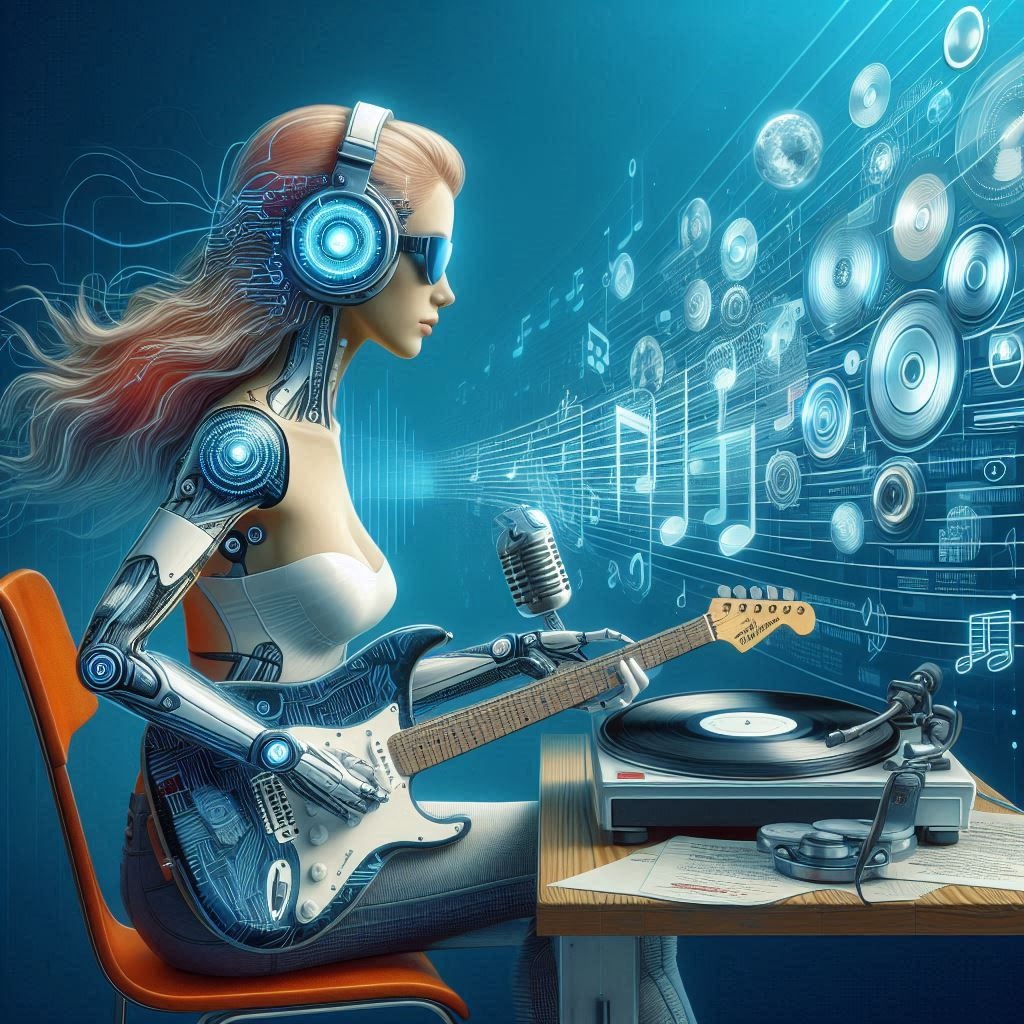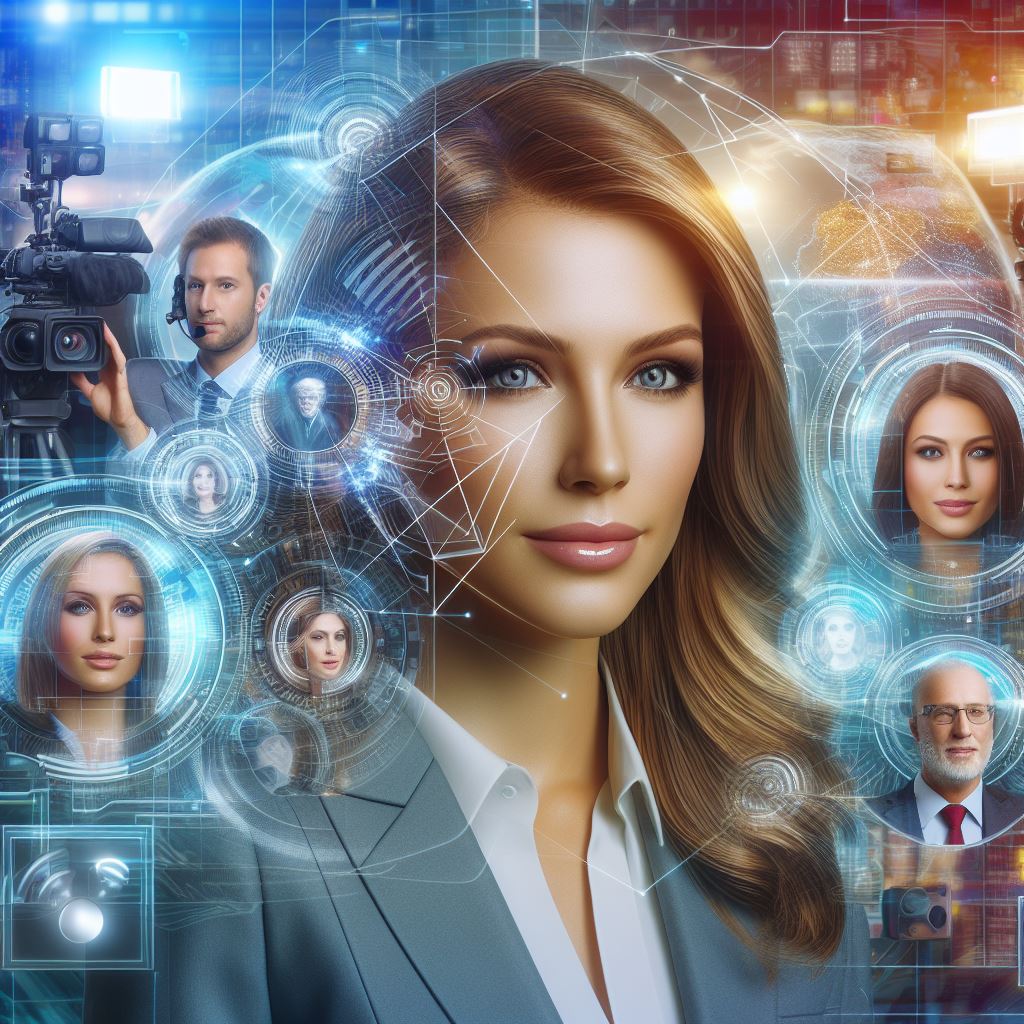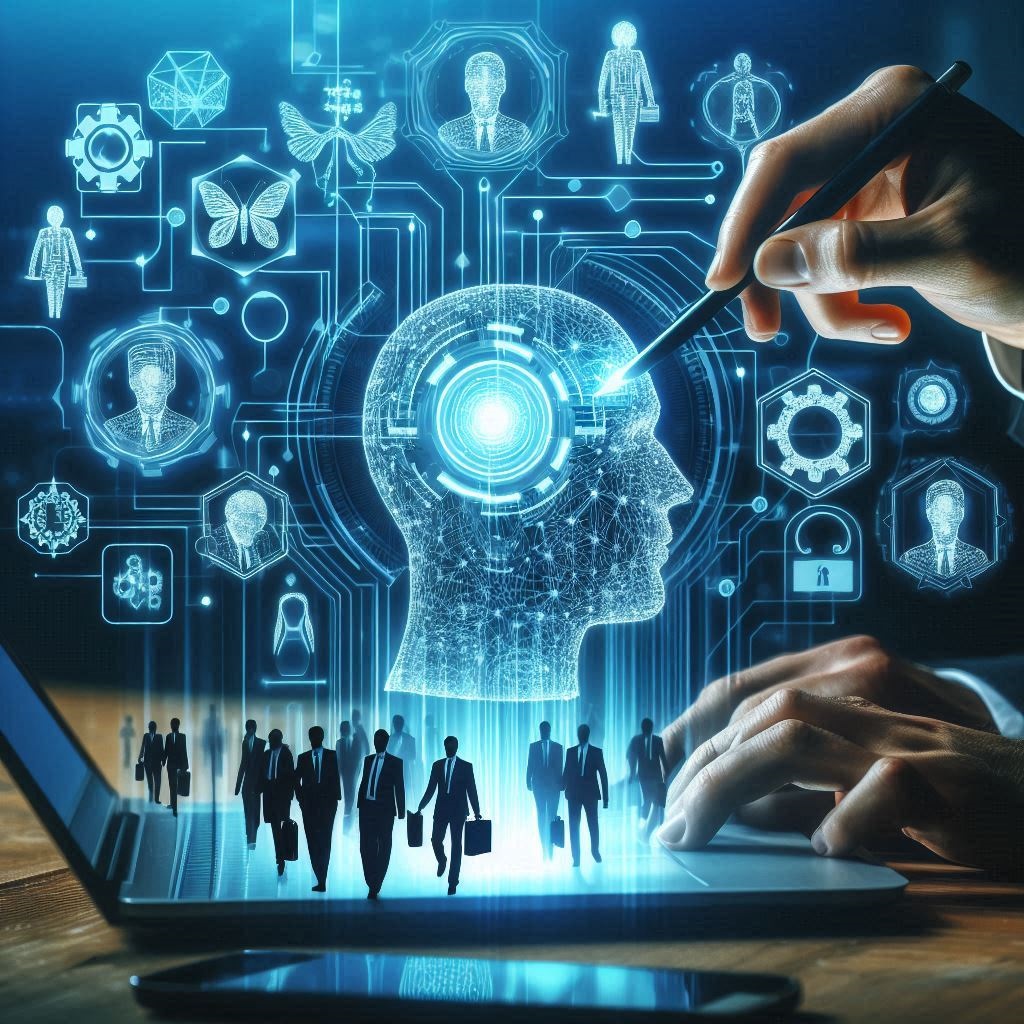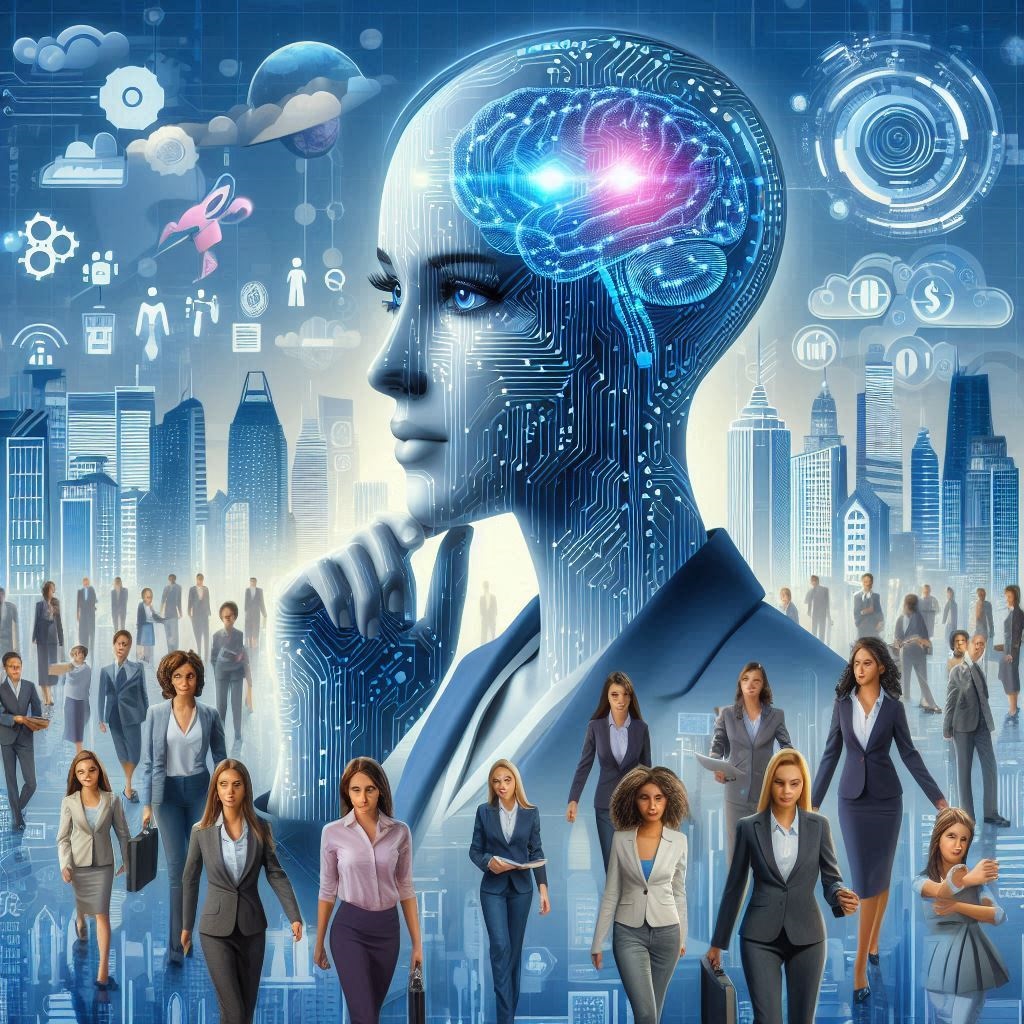The music industry has undergone a seismic shift over the past few decades. Gone are the days when artists relied solely on physical sales of vinyl records, cassettes, and CDs to earn a living. In today’s digital age, streaming platforms dominate, and the emergence of artificial intelligence (AI) is further transforming how music is created, distributed, and monetized. This evolution has left many artists grappling with uncertainties about their financial future and creative autonomy.
The Decline of Traditional Revenue Streams
Historically, musicians generated income through album sales, live performances, and merchandise. However, the rise of digital platforms has disrupted this model. Streaming services like Spotify and Apple Music offer vast libraries of music at minimal cost to consumers, but the payout to artists is often fractions of a cent per stream. This shift has made it challenging for artists to sustain themselves financially through traditional means.
Embracing New Monetization Strategies
To adapt, musicians are exploring alternative avenues to connect with fans and generate income:
1. Direct-to-Fan Platforms
Platforms like Bandzoogle empower artists to build their own websites, sell music and merchandise directly, and manage fan relationships without intermediaries. This model allows for greater control over branding and revenue.
2. Crowdfunding and Fan Support
Services such as Patreon enable fans to support artists through subscriptions, providing a steady income stream. This approach fosters a closer artist-fan relationship and offers exclusive content to supporters.
3. Merchandise Sales
Selling branded merchandise remains a viable income source. Online stores and print-on-demand services allow artists to offer products like apparel, posters, and accessories with minimal upfront costs.
4. Online Teaching and Workshops
Musicians can monetize their expertise by offering lessons, masterclasses, or workshops online. Platforms like Teachable and Udemy facilitate course creation and distribution to a global audience.
5. Non-Fungible Tokens (NFTs) and Blockchain
NFTs allow artists to sell unique digital assets, such as exclusive tracks or artwork, directly to fans. Platforms like Royal.io enable fans to purchase shares in a song’s royalties, creating a new revenue model that benefits both artists and supporters.
The Role of AI in Music Creation and Distribution
Artificial intelligence is increasingly influencing various aspects of the music industry:
1. Music Production
AI-powered tools assist in composing, mixing, and mastering tracks, making high-quality production more accessible to independent artists. However, there’s concern that over-reliance on AI could lead to homogenized sounds and diminish human creativity.
2. Personalized Marketing
AI algorithms analyze listener data to curate personalized playlists and recommendations. For artists, this means targeted exposure to potential fans, but it also raises questions about algorithmic biases and discoverability.
3. Voice and Style Replication
Advancements in AI have made it possible to replicate artists’ voices and styles, leading to ethical and legal debates. Instances of AI-generated tracks mimicking real artists have sparked discussions about authenticity and intellectual property rights.
Advantages and Disadvantages of AI Integration
Advantages:
-
Accessibility: AI tools lower the barrier to entry for music production.
-
Efficiency: Automation streamlines tasks like mixing and mastering.
-
Personalization: Enhanced marketing strategies through data analysis.
Disadvantages:
-
Authenticity Concerns: Potential dilution of human creativity.
-
Economic Impact: Risk of reduced income due to AI-generated content.
-
Legal Challenges: Complications regarding rights and ownership of AI-created works.
Navigating the Future: Strategies for Artists
To thrive in this evolving landscape, musicians should consider:
-
Diversifying Income Streams: Combining traditional methods with new platforms and technologies.
-
Embracing Technology: Utilizing AI tools to enhance creativity while maintaining a unique artistic voice.
-
Building Direct Fan Relationships: Fostering communities through direct engagement and exclusive content.
-
Staying Informed: Keeping abreast of legal developments and advocating for fair compensation in the digital realm.
The music industry’s transformation presents both challenges and opportunities. While traditional revenue streams have diminished, the digital age offers innovative ways for artists to connect with audiences and monetize their work. By adapting to new technologies, embracing direct-to-fan models, and navigating the complexities of AI integration, musicians can carve out sustainable and fulfilling careers in the modern music economy



